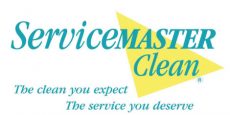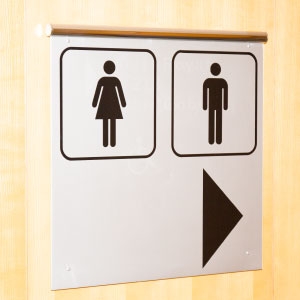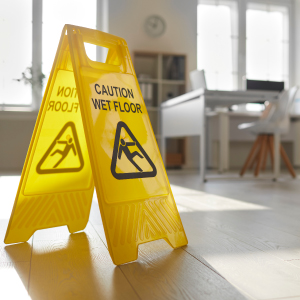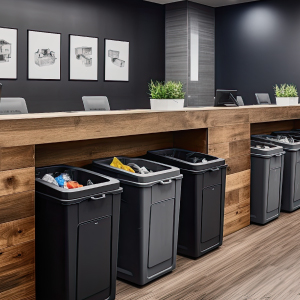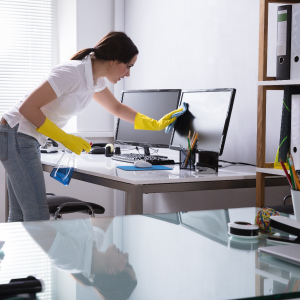One of the least revered yet most essential of jobs is cleaning the loo.
In offices and commercial properties, as well as the home, toilets take a hammering, and while many might prefer to steer clear, effective, regular cleaning is essential to try and avoid any viral or bacterial infections. This minimises exposure to infectious intestinal or waterborne germs to which people are broadly susceptible.
So how should it be done properly?
As with most cleaning jobs, using the right equipment is key. Bristle brushes are more effective and more sanitary than others, paper towels are one way and need to be disposed of after each use or use a cloth that can be hygienically laundered for repeated use.
Choice of liquid cleaner should have some kind of disinfectant or bleach-type ingredient which may be necessary for getting rid of some germs (but mustn’t be mixed with other chemicals as they can react badly and give off fumes). Ideally, the less toxic but the broader the range of germs killed, the better.
Using disposable gloves or a specific, cleanable pair minimises the chances of getting either germs or irritating cleaning chemicals on skin.
In commercial properties, professional cleaners may use safety goggles and masks to protect eyes and avoid breathing in vapours when there are a larger number of toilets to be cleaned.
It’s a good idea to open the windows either at home or in offices to help dissipate any fumes before starting the job.
Firstly, the toilet lid should be closed before flushing to contain the many water particles that can remain airborne after travelling up to almost 2 metres.
Next, the bowl should be checked and cleaned accordingly with brush, disposable paper, or washable cloth.
Then, the outside of the toilet should be sprayed with disinfectant which should be left for the length of time required to be properly effective as this can vary between products.
Pushing the bowl brush down into the toilet trap lowers the water level allowing any limescale or rust stains to be seen. They can be removed using agitation and an appropriate product.
The underside of the bowl rim can be cleaned using the brush and cleaning fluid and then the lid should be lowered. Giving the toilet a final flush and adding more disinfectant should have an ongoing cleaning effect.
Finally, with a different microfibre washable cloth or a new paper towel, the cistern, lid, and both sides of the seat should be dried, paying particular attention to the hinge system.
A regular toilet-cleaning schedule implemented by professional contract cleaners should help to minimise the chances of transmitting intestinal infections amongst staff.
